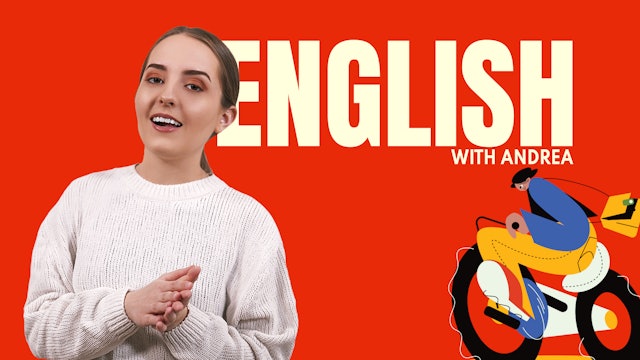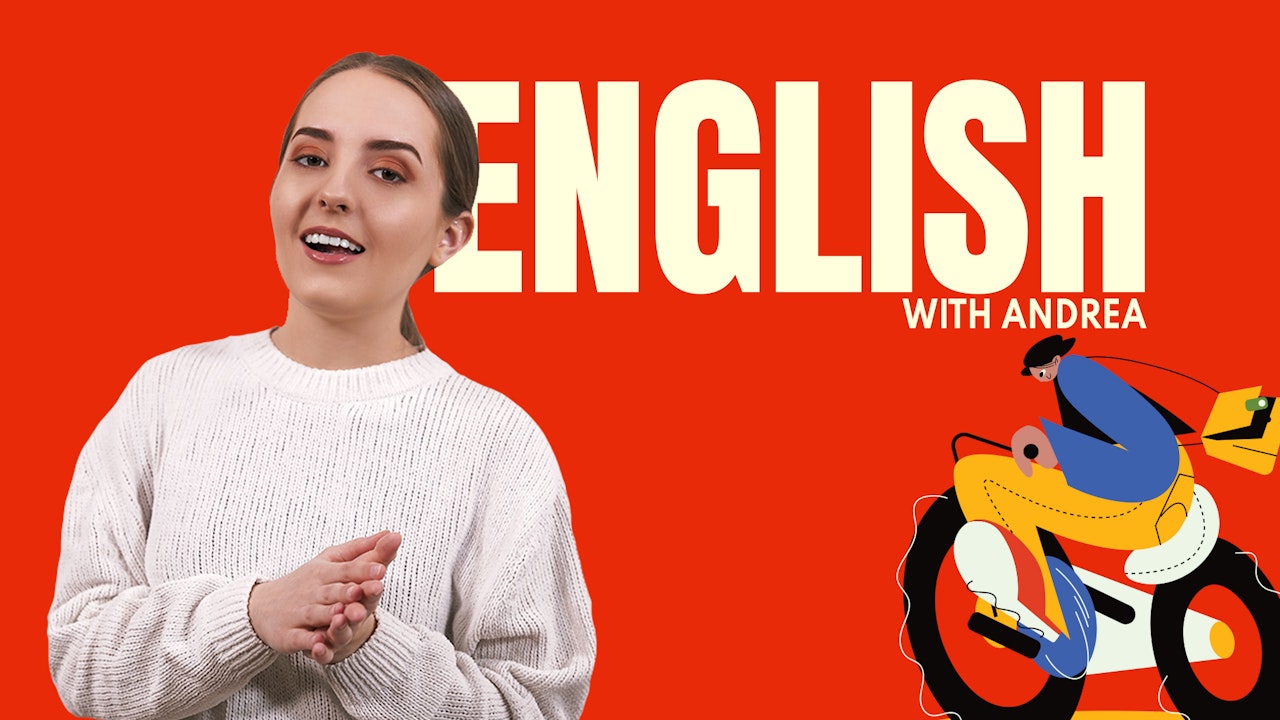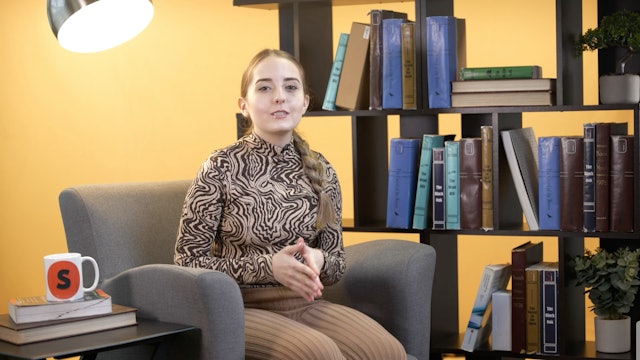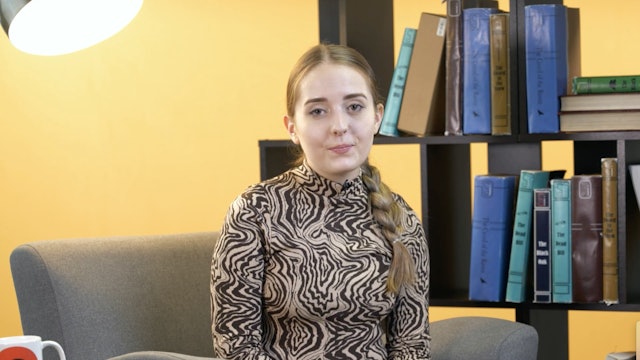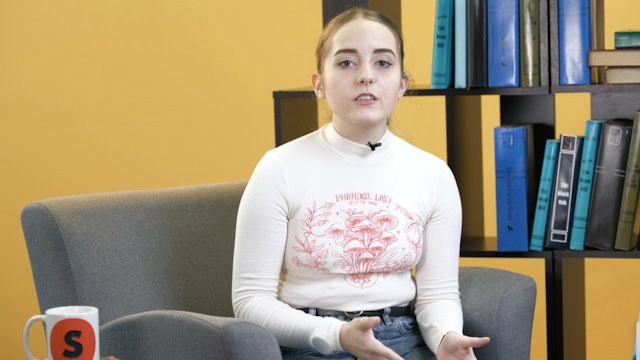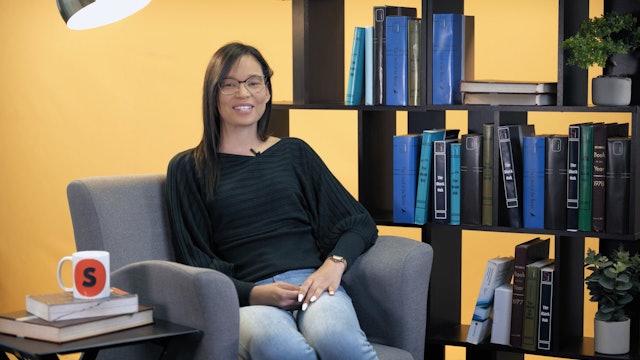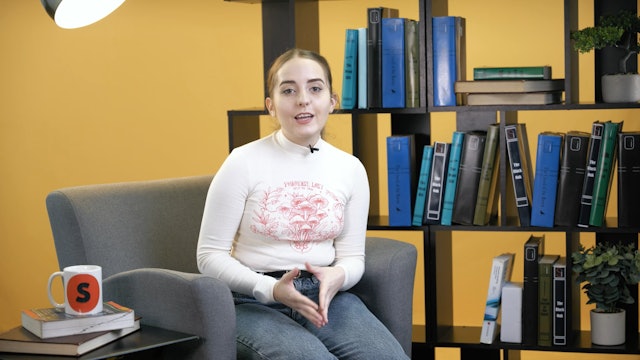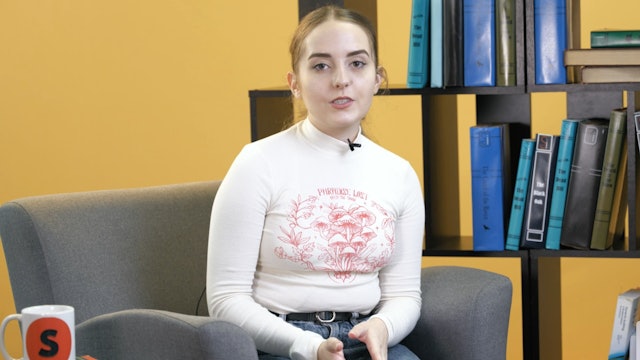Grade 9 English
4 Seasons
Language is a tool for thought and communication. It is also a cultural and aesthetic means commonly shared among
a people to make better sense of the world they live in. Learning to use language effectively enables learners you to
acquire knowledge, to express identity, feelings and ideas, to interact with others, and to manage world. It
also provides you with a rich, powerful and deeply rooted set of images and ideas that can be used to make your
world other than it is; better and clearer. It is through language that cultural diversity and social relations
are expressed and constructed, and it is through language that such constructions can be altered, broadened and
refined.
-
 04:59Episode 1
04:59Episode 1Punctuation
Episode 1
All punctuation marks assist us in understanding what we are reading. In Grade 9, you are already familiar with the basic punctuation marks: full stop, comma, inverted commas, question mark and exclamation mark. In this lesson we focus on more punctuation marks.
-
 04:40Episode 2
04:40Episode 2Drama – elements of a drama
Episode 2
In order for a drama to be complete it must consist of specific elements. This lesson focuses on the six elements that are present in Romeo and Juliet.
-
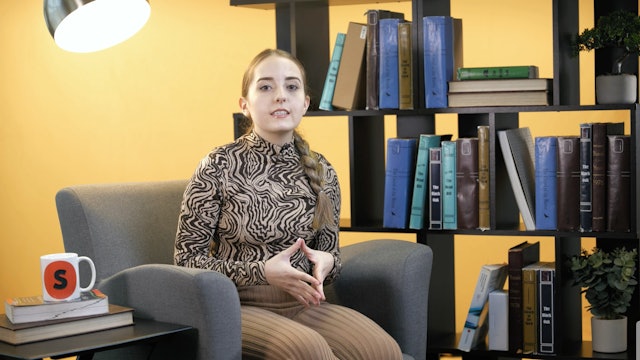 08:50Episode 3
08:50Episode 3Comprehension Skills
Episode 3
Comprehension takes place when there is communication between the author and the reader. At the end of this lesson you will know how to understand texts rather than reading to memorise
-
Dialogue
Episode 4
A dialogue is a conversation between two or more people. It is recorded directly from the speaker’s point of view but is not a replication. At the end of this lesson you would know the tips on how to write dialogue which will come in handy during meeting minutes.
-
Emails
Episode 6
Once you enter the world of working you will almost always have to communicate via email in your profession. Its content when written formally is similar to a letter. At the end of this lesson you would have touched on considering the purpose and audience of your email which will decide the kind ...
-
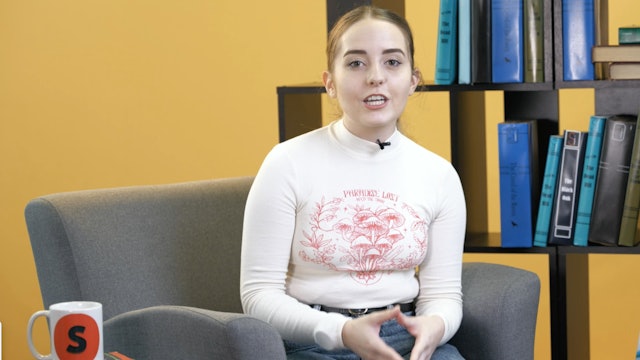 08:21Episode 7
08:21Episode 7Conjunctions
Episode 7
A conjunction is a word used to connect clauses or sentences. At the end of this lesson you will be able to build complex sentences and convey your ideas effectively using a variety of joining words.
-
Conducting research for a literature project
Episode 8
Research is all about expanding your own thinking and understanding. At the end of this lesson you will be able to use it as an opportunity to have some fun in learning a bit more any literature topic of interest.

